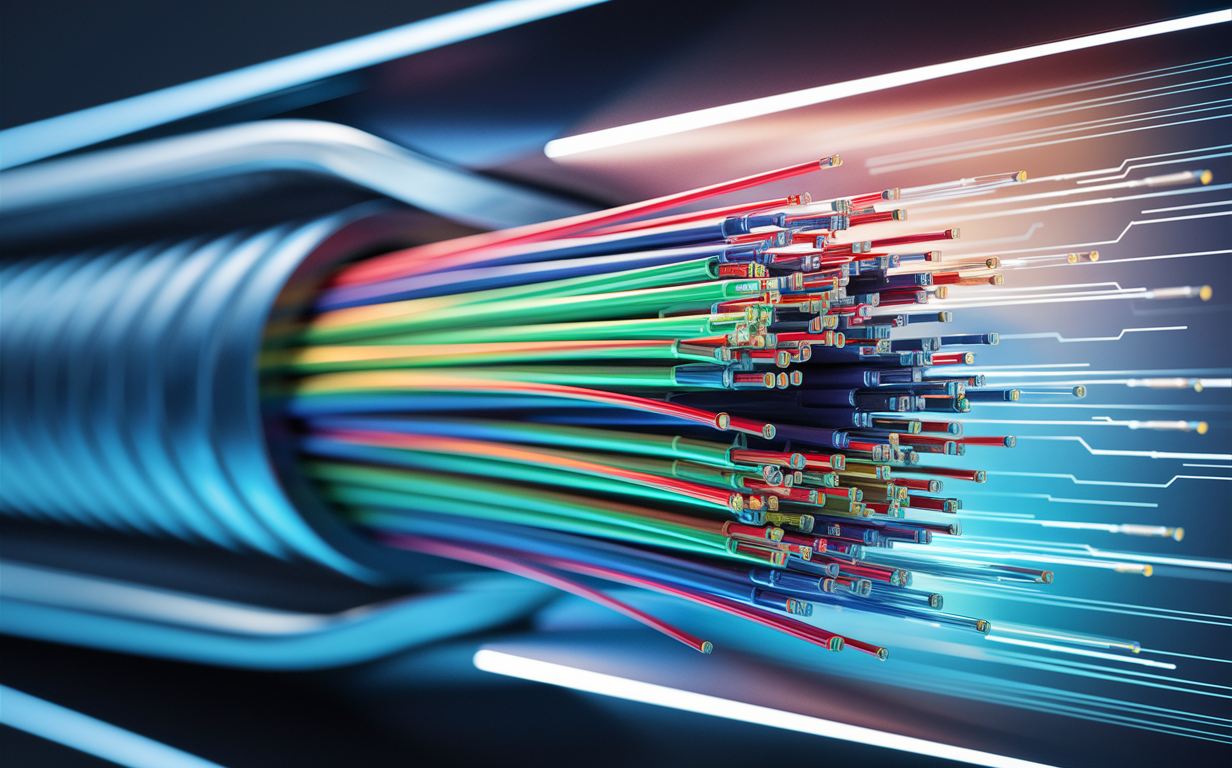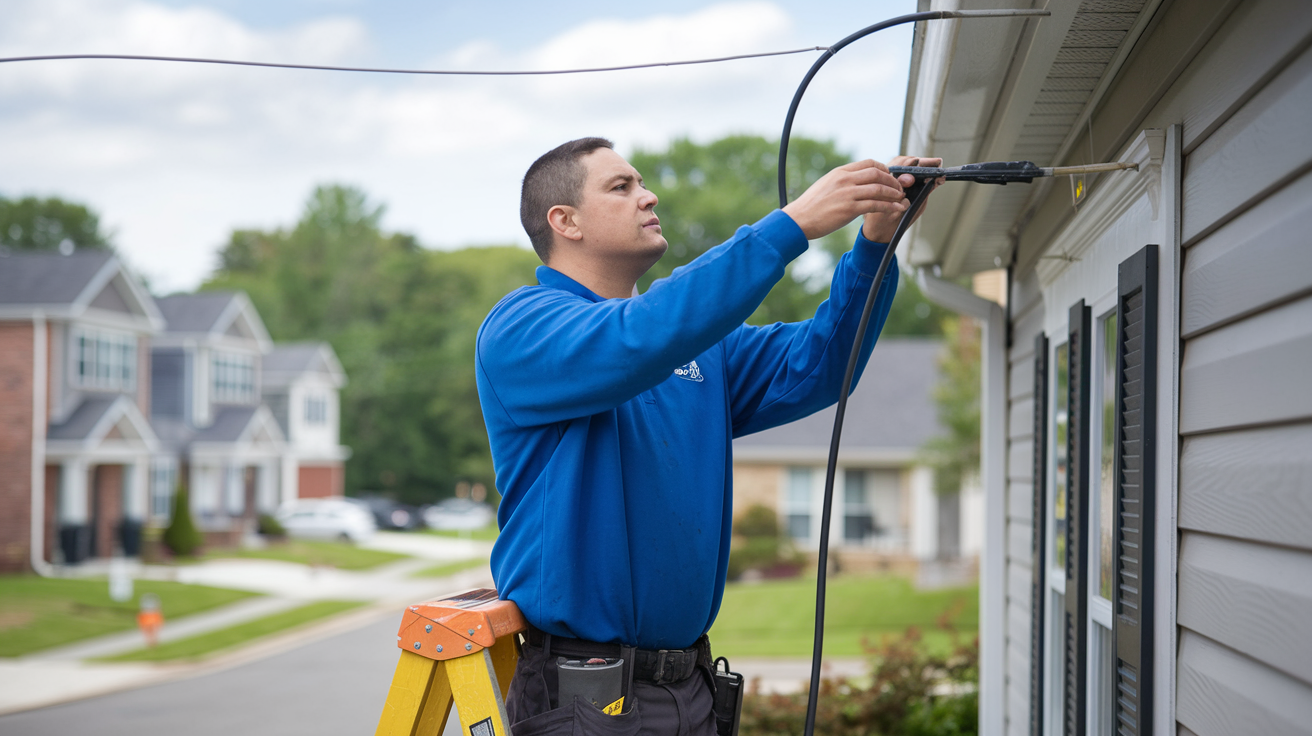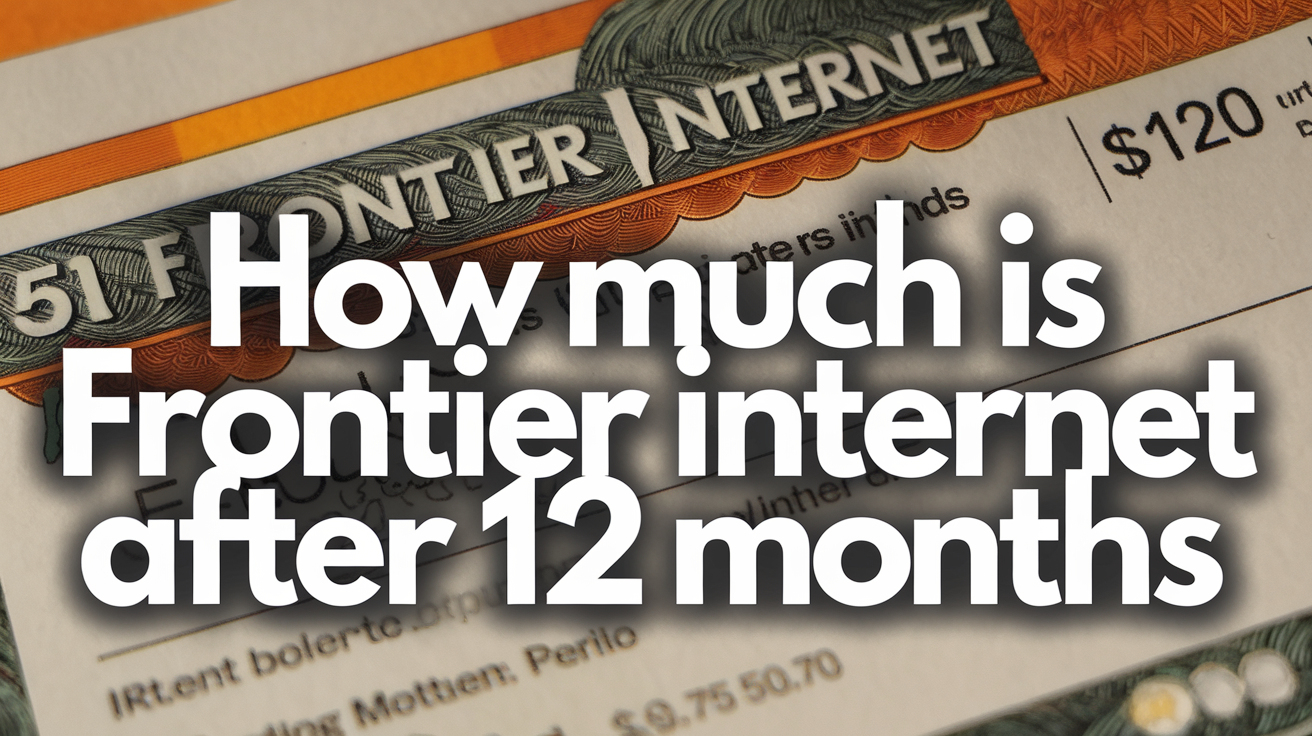What Fiber Optic Cable Does Frontier Communications Use

Fiber optic internet has revolutionized how we connect to the world, offering blazing-fast speeds, reliability, and scalability that older technologies like DSL and cable simply can’t match. As one of the leading telecommunications providers in the United States, Frontier Communications has embraced this cutting-edge technology to deliver high-speed internet to millions of customers across 25 states. But what exactly powers Frontier’s fiber internet service? What type of fiber optic cable does Frontier Communications use to bring this advanced connectivity to homes and businesses? In this blog, we’ll dive into the details of Frontier’s fiber optic infrastructure, exploring the types of cables they likely use, how they work, and why it matters to you as a customer.
The Shift to Fiber Optics at FrontierFrontier Communications has a long history as a telecommunications provider, originally focusing on copper-based DSL services. However, as consumer demand for faster internet speeds and more reliable connections grew, Frontier made a strategic pivot to fiber optic technology. This transition has been a game-changer, allowing the company to offer multi-gigabit speeds and compete with other major internet service providers (ISPs). Today, Frontier’s fiber internet service, branded as Frontier Fiber, is available in 17 states and continues to expand, thanks to significant investments in infrastructure and federal funding to reach underserved areas.
Fiber optic cables are the backbone of this transformation. Unlike traditional copper cables that transmit data via electrical signals, fiber optic cables use light to carry information. This results in faster data transmission, lower latency, and immunity to electromagnetic interference—key advantages that make fiber the gold standard for modern internet connectivity. But not all fiber optic cables are created equal, and the specific type a provider like Frontier uses can impact performance, scalability, and cost-effectiveness.
Understanding Fiber Optic Cables
Before we explore what Frontier uses, let’s break down the basics of fiber optic cables. These cables are made up of thin strands of glass or plastic, known as optical fibers, that transmit data as pulses of light. Each cable consists of several components:
- Core: The central part of the fiber where light travels.
- Cladding: A layer surrounding the core that reflects light into it, preventing signal loss.
- Coating: A protective layer that shields the fiber from physical damage and moisture.
- Strengthening Fibers: Materials like Kevlar that add durability.
- Outer Jacket: The final protective layer that encases the entire cable.
Fiber optic cables come in two primary types: single-mode fiber (SMF) and multi-mode fiber (MMF). Single-mode fiber has a narrow core (typically 9 microns in diameter) and uses lasers to transmit light, making it ideal for long-distance, high-speed applications. Multi-mode fiber, with a wider core (50 or 62.5 microns), uses LEDs and is better suited for shorter distances, such as within a building or campus. Which type does Frontier rely on? Let’s dig deeper.
What Fiber Optic Cable Does Frontier Use?
Frontier Communications doesn’t publicly disclose the exact specifications of the fiber optic cables it deploys in its network, at least not in granular detail. This is common among ISPs, as the specifics of their infrastructure often involve proprietary decisions and partnerships with cable manufacturers. However, based on industry standards, Frontier’s service offerings, and the nature of its fiber-to-the-home (FTTH) deployments, we can make educated assumptions about the types of cables they use.
Single-Mode Fiber: The Likely Choice for Frontier’s BackboneFor its long-haul network and fiber-to-the-home connections, Frontier almost certainly uses single-mode fiber. This type of cable is the industry standard for telecommunications providers delivering broadband internet over significant distances. Single-mode fiber’s ability to carry data over dozens of miles without signal degradation makes it perfect for Frontier’s goal of connecting rural and suburban communities to high-speed internet.
Frontier’s Fiber 5 Gig plan, which offers speeds up to 5,000 Mbps (5 gigabits per second), further supports this assumption. Such ultra-high speeds require a robust, low-loss medium like single-mode fiber, which can handle the intense bandwidth demands of modern applications like 4K streaming, virtual reality gaming, and remote work. The use of lasers in single-mode systems also ensures symmetrical upload and download speeds—a hallmark of Frontier Fiber’s service that sets it apart from cable internet competitors like Spectrum or Xfinity.
Multi-Mode Fiber: Possible for Short-Range Applications
While single-mode fiber is likely the backbone of Frontier’s network, multi-mode fiber could play a role in specific scenarios, such as within multi-dwelling units (MDUs) like apartment buildings or in business installations over shorter distances. Multi-mode fiber is less expensive than single-mode and can handle high bandwidth over short runs, making it a cost-effective option for localized connections. However, given Frontier’s focus on delivering gigabit and multi-gigabit speeds directly to homes, multi-mode fiber is unlikely to be a significant part of their residential FTTH deployments.
Cable Specifications and Manufacturers
Beyond the single-mode vs. multi-mode distinction, the specific cables Frontier uses would adhere to industry standards like those set by the International Telecommunication Union (ITU), such as the G.652 standard for single-mode fiber. This standard ensures low attenuation (signal loss) and compatibility with modern optical networking equipment. Frontier likely sources its cables from leading manufacturers like Corning, Prysmian, or CommScope, which supply high-quality optical fiber to telecom providers worldwide. These cables might feature low water peak (LWP) characteristics to minimize signal loss over long distances or enhanced bend-insensitive designs for easier installation in tight spaces.
How Frontier Deploys Fiber Optic Cables
Frontier’s fiber optic network isn’t just about the cables themselves—it’s also about how they’re deployed. The company uses a combination of aerial and underground installation methods, depending on the local environment and regulations. Aerial installations involve attaching fiber optic cables to existing utility poles, a faster and more cost-effective method common in rural areas. Underground deployments, where cables are buried in conduits, offer greater protection from weather and physical damage but are more expensive and time-intensive.
During the installation process, Frontier’s crews pull fiber optic cables through conduits or attach them to poles, connecting neighborhoods to central hubs called optical line terminals (OLTs). From there, the fiber runs to an optical network terminal (ONT) at the customer’s premises, converting light signals into electrical signals for use with routers and devices. This FTTH architecture ensures that Frontier delivers pure fiber connectivity directly to your home, unlike hybrid systems that mix fiber with copper.
Why Frontier’s Fiber Choice Matters to You
So, why should you care about the type of fiber optic cable Frontier uses? It boils down to performance, reliability, and future-proofing:
- Speed: Single-mode fiber’s high bandwidth capacity supports Frontier’s multi-gigabit plans, ensuring you can stream, game, and work without bottlenecks.
- Reliability: Fiber optics are less prone to interference and degradation than copper, meaning fewer outages and consistent performanc, —crucial for rural customers who rely on Frontier as their primary ISP.
- Scalability: As internet demands grow, single-mode fiber can handle increased traffic and higher speeds without requiring a complete overhaul, protecting your investment in Frontier’s service.
For example, Frontier’s expansion in states like California and Connecticut, where it’s rolling out fiber to millions of locations, demonstrates a commitment to building a network that can evolve with technology. The company’s ability to offer 5 Gbps speeds nationwide in 20, 3—making it the first major ISP to do so—underscores the strength of its fiber infrastructure.
Comparing Frontier to Other Providers
How does Frontier’s fiber optic approach stack up against competitors? Providers like AT&T and Verizon Fios also rely heavily on single-mode fiber for their FTTH services, delivering similar speed and reliability benefits. However, Frontier stands out with its focus on rural expansion and straightforward pricing—no contracts, unlimited data, and included equipment like Wi-Fi routers. Cable providers like Spectrum, which use coaxial cables, can’t match fiber’s upload speeds or long-term scalability, even if their download speeds are competitive.
The Future of Frontier’s Fiber NetworkFrontier’s fiber optic journey is far from over. With Verizon’s planned acquisition of Frontier in 2024 for $20 billion, the company’s fiber network is poised to grow even further, potentially reaching over 10 million locations by 2026. This expansion will likely continue to rely on single-mode fiber as the foundation, ensuring that Frontier remains a leader in the fiber internet space.
Conclusion
While Frontier Communications doesn’t publicly specify the exact make and model of its fiber optic cables, it’s clear that single-mode fiber is the cornerstone of its high-speed internet service. This choice aligns with industry trends and Frontier’s mission to deliver fast, reliable, and future-ready connectivity to its customers. Whether you’re a gamer needing low latency, a remote worker requiring symmetrical speeds, or a household streaming on multiple devices, Frontier’s fiber optic infrastructure is built to meet your needs. As the company continues to expand and innovate, its investment in fiber optics promises a brighter, faster digital future for millions of Americans. Curious if Frontier Fiber is available in your area? Check their website or give them a call—your next-level internet experience might be just a connection away!
Call (844) 340-6366 and Start Your Frontier Internet Service Now!




